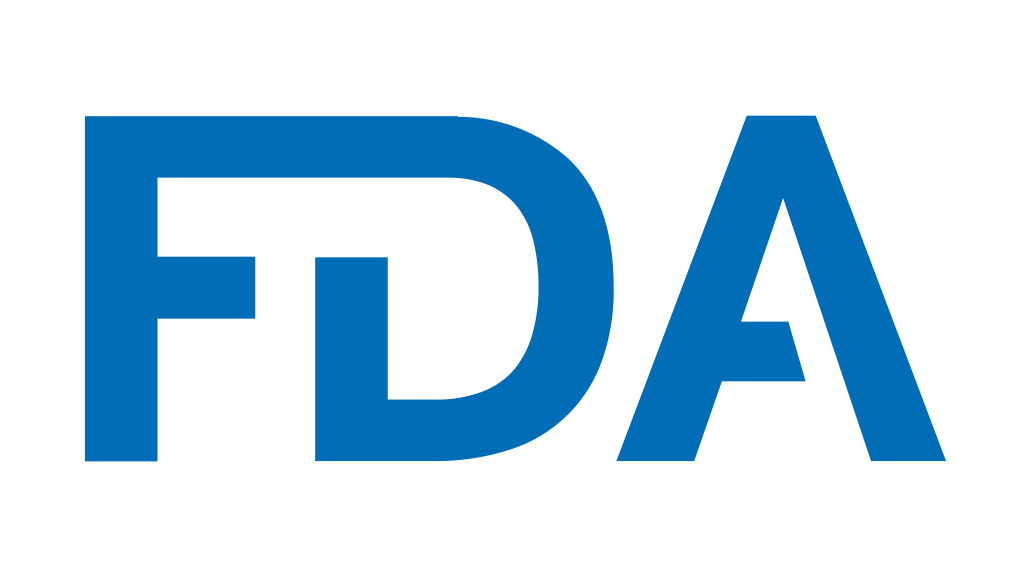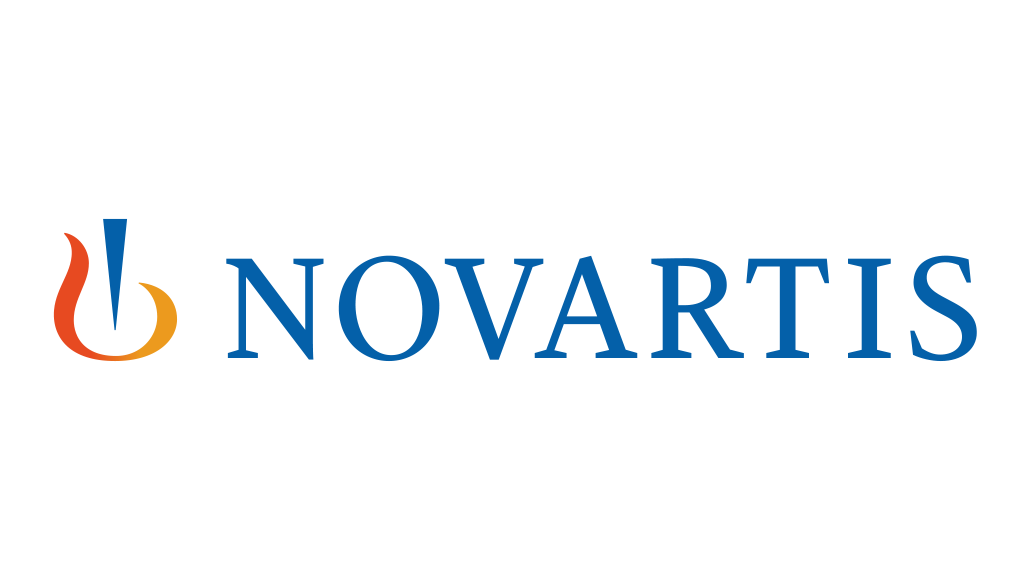GlaxoSmithKline plc, announced the publication of full results from the phase III studies for mepolizumab in chronic obstructive pulmonary disease (COPD). Data from the investigational clinical development programme showed that treating eosinophilic COPD patients with the biologic medicine, mepolizumab, in addition to maximal guideline-recommended therapy, reduced exacerbations in these difficult-to-treat patients. Based on the full data, discussions with external experts and the recognised unmet medical need in this patient population, regulatory filings are planned for 2017. Mepolizumab is not approved for use anywhere in the world for COPD.
Results of the METREX and METREO studies, along with data from a pre-specified meta-analysis combining both studies, have been published in the New England Journal of Medicine (NEJM), with simultaneous presentation at the European Respiratory Society (ERS) International Congress 2017.
The studies were designed to evaluate the efficacy and safety of mepolizumab as add-on therapy in the reduction of moderate to severe COPD exacerbations in patients at high risk of exacerbations and to identify the patients with COPD most likely to respond to treatment using blood eosinophils (a type of white blood cell known to play a role in some inflammatory diseases) as a biomarker. In addition, METREO investigated efficacy and safety at different doses of mepolizumab. Patients included in the studies had a history of frequent exacerbations, despite receiving optimal standard of care treatments, with the majority categorised as Stage D, patients with the most advanced disease, according to the Global Initiative for Chronic Obstructive Lung Disease (GOLD) guidelines.
Overall, COPD patients with blood eosinophil counts of >150 cells/µL at study entry or >300 cells/µL within the past year treated with add-on 100mg mepolizumab showed a consistent 18–20% reduction in the primary endpoint of annual rate of moderate and severe exacerbations.
The reduction in the frequency of exacerbations observed in the METREX study was statistically significant (18%, p=0.036 after multiplicity adjustment).
In METREO, the reduction was not statistically significant (20%, p=0.068 after multiplicity adjustment).
The pre-specified meta-analysis evaluated the association between screening blood eosinophil counts and treatment response. The analysis showed that rates of exacerbation reduction increased as blood eosinophil counts increased, signifying the relevance of blood eosinophils as a biomarker to help identify COPD patients most likely to respond to treatment with mepolizumab.
There was no evidence of greater treatment effect in patients treated with a higher (300mg) dose of mepolizumab investigated in the dose ranging METREO study. In the METREX study, patients with blood eosinophil counts of less than 150 cells/µL at the start of the study (i.e. patients with non-eosinophilic COPD) were not found to benefit from mepolizumab.
For the secondary endpoints, there was a statistically significant increase in the time to first moderate and severe exacerbation in METREX, with numerical, but not significant, increase in time to first exacerbation in METREO. There were no significant differences between mepolizumab and placebo in either study on the remaining secondary endpoints: annual rate of exacerbations requiring emergency department visit and/or hospitalisation, St George’s Respiratory Questionnaire score and COPD assessment test score.
Steve Yancey, Vice President and Medicine Development Lead for mepolizumab, GSK said: “We believe the data published today in the New England Journal of Medicine demonstrate the benefits of a personalised medicine approach in the treatment of COPD with mepolizumab, using blood eosinophils as a biomarker. Based on the clinically meaningful reductions in exacerbations shown in these studies, we plan to progress regulatory filings this year.”
Professor Ian Pavord, University of Oxford said: “For people living with COPD, a sudden worsening of their symptoms, known as an exacerbation, causes them to struggle to breathe despite receiving the available guideline recommended treatment. For these patients, there are currently no other treatment options. When considering the challenges these patients face, the exacerbation reduction shown in the METREX and METREO studies is a clinically important outcome.”
No new safety concerns to the known safety profile of mepolizumab were identified on review of the data from these studies. The proportion of patients experiencing adverse events and serious adverse events while receiving treatment was similar for mepolizumab and placebo. In the METREX study, the frequency of adverse events was 80% in the mepolizumab 100mg group and 82% in the placebo group, and the frequency of serious adverse events was 28% in the mepolizumab 100mg group and 31% in the placebo group. In the METREO study, the frequency of adverse events was 86% in the mepolizumab 100mg group, 87% in the mepolizumab 300mg group 82% in the placebo group, and the frequency of serious adverse events was 26% in the mepolizumab 100mg group, 27% in the mepolizumab 300mg group and 30% in the placebo group.
Study Design and Primary Endpoint Results
The phase III studies were multi-centre, randomised, placebo controlled, double blind, parallel group design with treatment administered by subcutaneous (SC) injection every four weeks in COPD patients at high risk of exacerbations despite the use of optimal standard of care background therapy which employed inhaled triple therapy consisting of an inhaled corticosteroid (ICS), long-acting beta agonist (LABA) and long-acting muscarinic antagonist (LAMA). The total duration of the studies was approximately 62 weeks consisting of a 1-2 week screening period, 52-week treatment period and 8-week follow-up period.
The METREX study (117106) was designed to evaluate mepolizumab 100mg or placebo across a range of baseline blood eosinophil counts. Patients were stratified according to i) blood eosinophil count of >150 cells/µL at study entry or >300 cells/µL within the past year (higher eosinophil group) or ii) blood eosinophil count of <150 cells/µL at study entry and no evidence of >300 cells/µL within the past year. For the primary endpoint in patients with higher eosinophils, there was a statistically significant reduction in the frequency of moderate and severe exacerbations for mepolizumab 100mg compared to placebo (18%, p=0.036 after multiplicity adjustment).
The METREO study (117113) was designed as a dose-ranging study. Patients with a blood eosinophil count of >150 cells/µL at study entry or >300 cells/µL within the past year (higher eosinophil group) were randomised to receive mepolizumab 100mg, mepolizumab 300mg or placebo. For the primary endpoint in patients with higher eosinophils, a reduction in the frequency of moderate and severe exacerbations for mepolizumab compared to placebo was seen which was not statistically significant (20% for 100mg, p=0.068; 14% for 300mg, p=0.140 after multiplicity adjustment).
Moderate exacerbations were defined as those requiring treatment with systemic corticosteroids and/or antibiotics. Severe exacerbations were those requiring hospitalisation or resulted in death.
About mepolizumab
Mepolizumab is a first-in-class monoclonal antibody that targets the signalling protein IL-5. Mepolizumab binds to IL-5, preventing it from binding to its receptor on the surface of white blood cells called eosinophils. Inhibiting IL-5 binding in this way reduces blood eosinophils.
Eosinophils are believed to play a role in protecting the body against infection. In some people, eosinophils can cause inflammation and are involved in the development of some inflammatory diseases. Mepolizumab has been developed for the treatment of diseases that are driven by inflammation caused by eosinophils.
Mepolizumab is not approved for use anywhere in the world for COPD.
Mepolizumab is approved for use in the US under the brand name Nucala as an add-on maintenance treatment for patients with severe asthma aged 12 years and older, and with an eosinophilic phenotype. Nucala has also been approved for severe eosinophilic asthma in the EU, Japan and a number of other countries worldwide, although the details of the indications may vary.
Mepolizumab has been submitted for regulatory review for eosinophilic granulomatosis with polyangiitis (EPGA, also referred to as Churg-Strauss syndrome) and is being investigated for severe hypereosinophilic syndrome, nasal polyposis and atopic dermatitis.
Trademarks are owned by or licensed to the GSK group of companies.
Important Safety Information for Nucala in Severe Asthma with an Eosinophilic Phenotype (based on US Prescribing Information)
Please consult the full Prescribing Information for all the labelled safety information for Nucala.
CONTRAINDICATIONS
Nucala should not be administered to patients with a history of hypersensitivity to mepolizumab or excipients in the formulation.
WARNINGS AND PRECAUTIONS
Hypersensitivity Reactions
Hypersensitivity reactions (e.g. anaphylaxis, angioedema, bronchospasm, hypotension, urticaria, rash) have occurred following administration of Nucala. These reactions generally occur within hours of administration but in some instances can have a delayed onset (i.e. days). In the event of a hypersensitivity reaction, Nucala should be discontinued.
Acute Asthma Symptoms or Deteriorating Disease
Nucala should not be used to treat acute asthma symptoms, acute exacerbations, or acute bronchospasm.
Opportunistic Infections: Herpes Zoster
In controlled clinical trials, 2 serious adverse reactions of herpes zoster occurred in subjects treated with Nucala compared to none in placebo. Consider varicella vaccination if medically appropriate prior to starting therapy with Nucala.
Reduction of Corticosteroid Dosage
Do not discontinue systemic or inhaled corticosteroids (ICS) abruptly upon initiation of therapy with Nucala. Decreases in corticosteroid doses, if appropriate, should be gradual and under the direct supervision of a physician. Reduction in corticosteroid dose may be associated with systemic withdrawal symptoms and/or unmask conditions previously suppressed by systemic corticosteroid therapy.
Parasitic (Helminth) Infection
It is unknown if Nucala will influence a patient’s response against parasites. Treat patients with pre-existing helminth infections before initiating therapy with Nucala. If patients become infected while receiving treatment with Nucala and do not respond to anti-helminth treatment, discontinue treatment with Nucala until infection resolves.
ADVERSE REACTIONS
The most common adverse reactions (≥3% and more common than placebo) reported in the first 24 weeks of two clinical trials with Nucala (and placebo) were: headache, 19% (18%); injection site reaction, 8% (3%); back pain, 5% (4%); fatigue, 5% (4%); influenza, 3% (2%); urinary tract infection 3% (2%); abdominal pain upper, 3% (2%); pruritus, 3% (2%); eczema, 3% (<1%); and muscle spasm, 3% (<1%).
Systemic Reactions, including Hypersensitivity Reactions: In 3 clinical trials, 3% of subjects who received Nucala experienced systemic (allergic and nonallergic) reactions compared to 5% in the placebo group. Systemic allergic/hypersensitivity reactions were reported by 1% of subjects who received Nucala compared to 2% of subjects in the placebo group. Manifestations included rash, pruritus, headache, and myalgia. Systemic nonallergic reactions were reported by 2% of subjects who received Nucala and 3% of subjects in the placebo group. Manifestations included rash, flushing, and myalgia. A majority of the systemic reactions were experienced on the day of dosing. Reports of anaphylaxis have been received postmarketing.
Injection site reactions (e.g. pain, erythema, swelling, itching, burning sensation) occurred at a rate of 8% in subjects treated with Nucala compared with 3% in subjects treated with placebo.
USE IN SPECIFIC POPULATIONS
The data on pregnancy exposures from the clinical trials are insufficient to inform on drug-associated risk. Monoclonal antibodies, such as mepolizumab, are progressively transported across the placenta in a linear fashion as pregnancy progresses; therefore, potential effects on a foetus are likely to be greater during the second and third trimesters of pregnancy.
GSK – one of the world’s leading research-based pharmaceutical and healthcare companies – is committed to improving the quality of human life by enabling people to do more, feel better and live longer.
For further information please visit www.gsk.com/about-us/.























